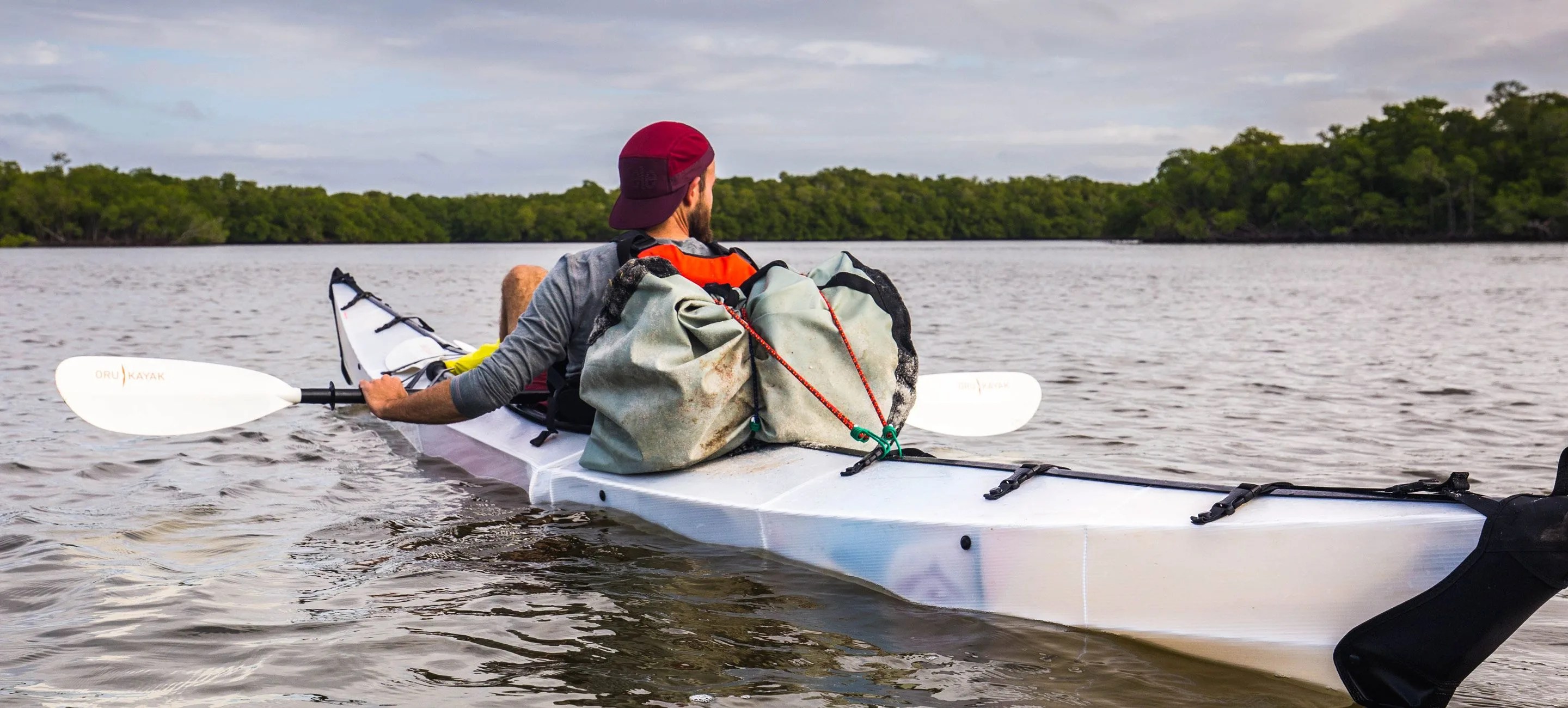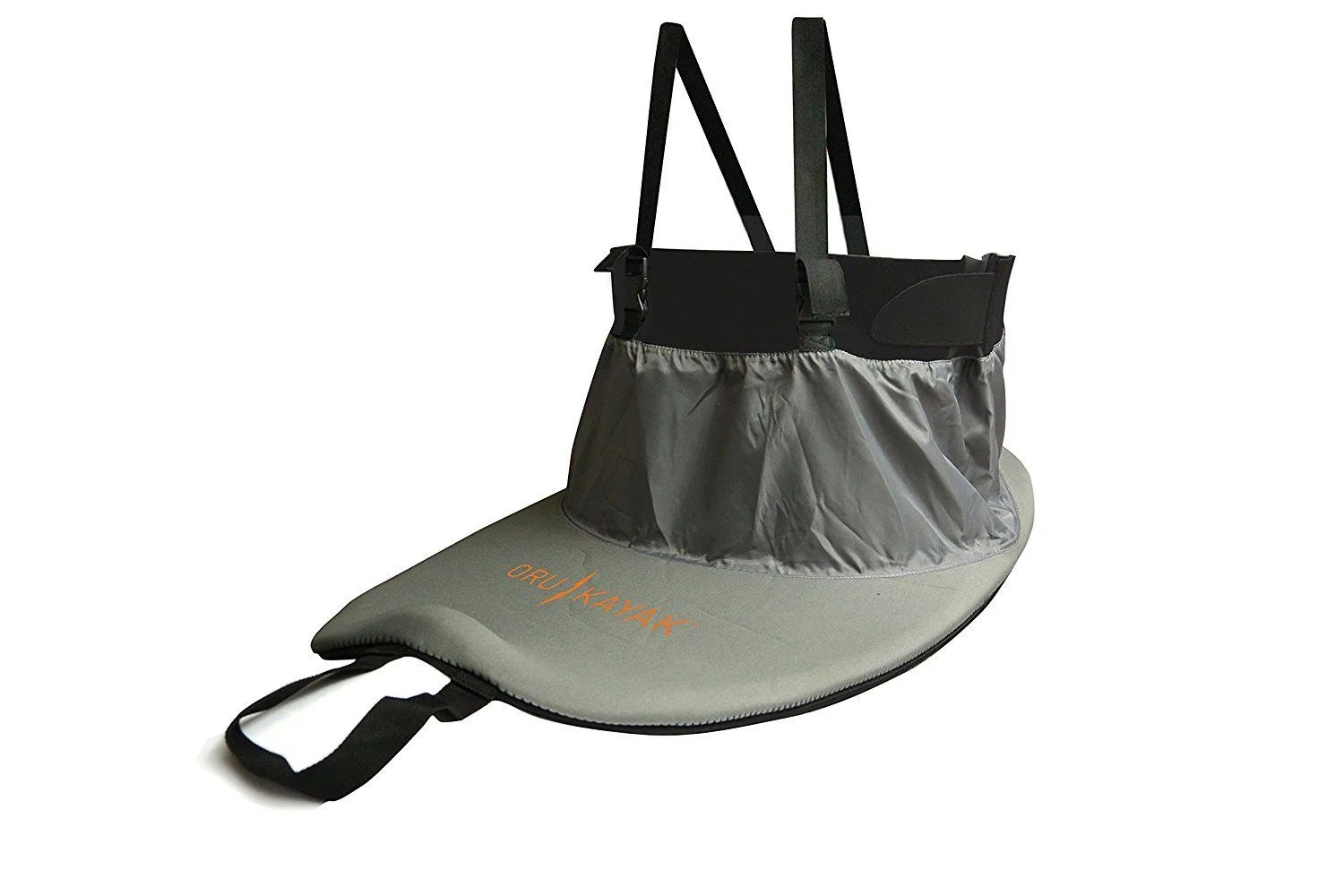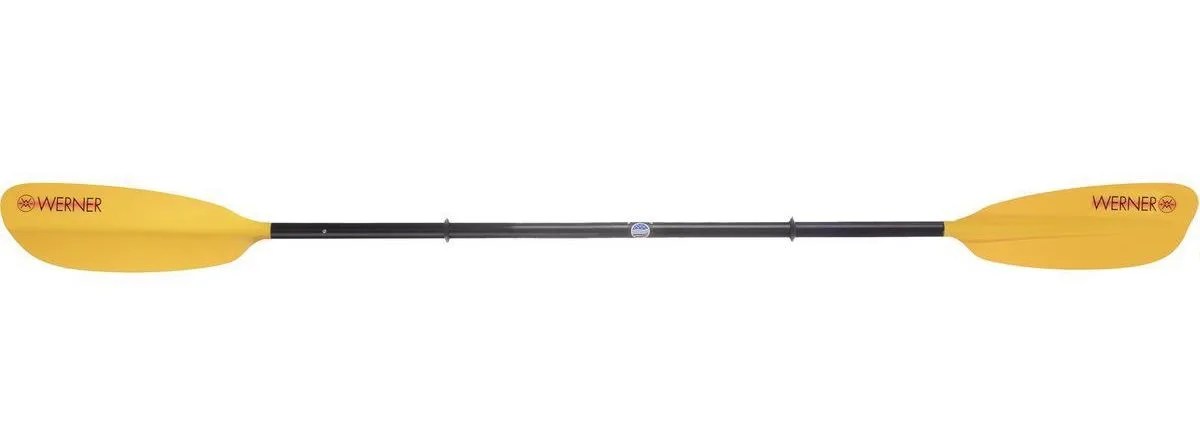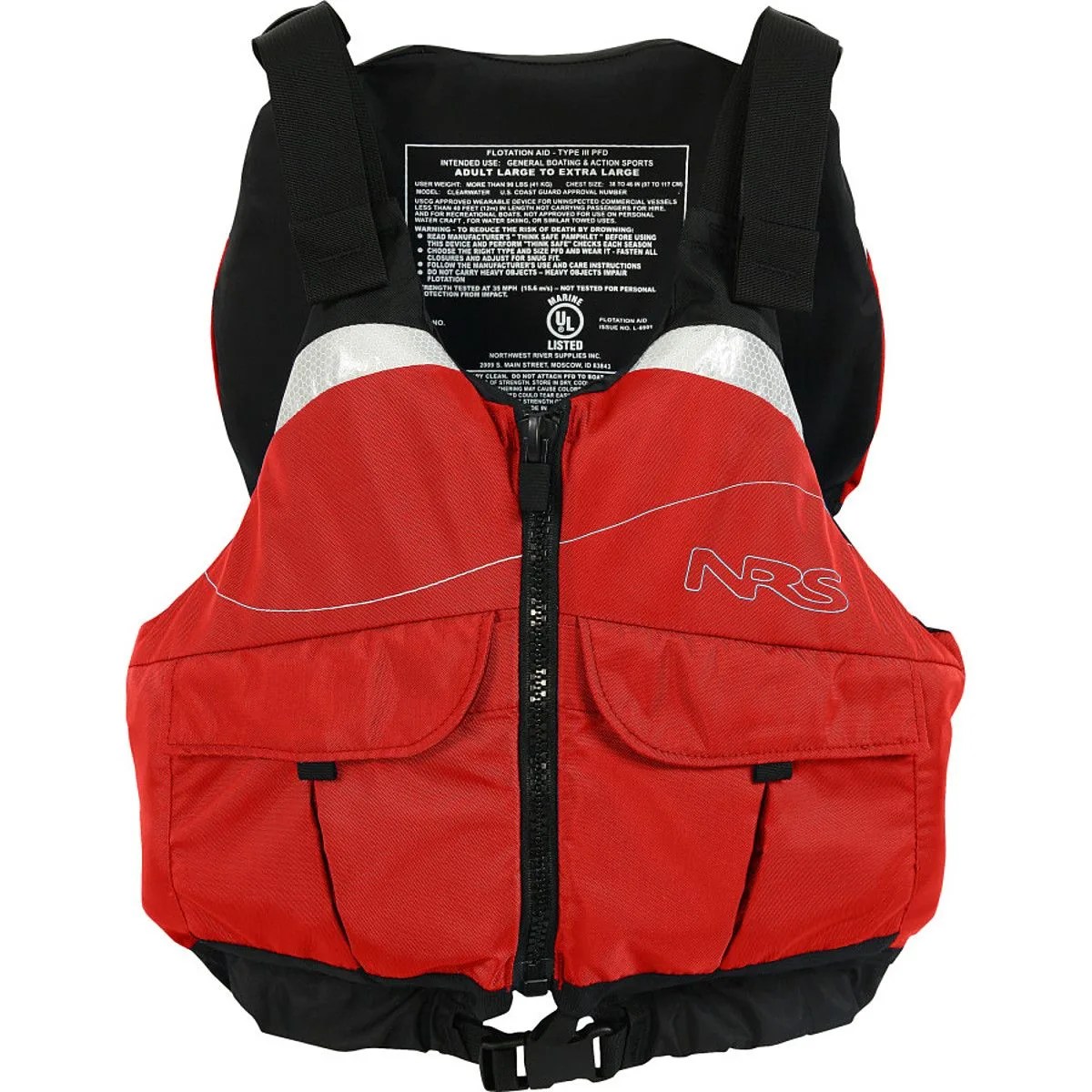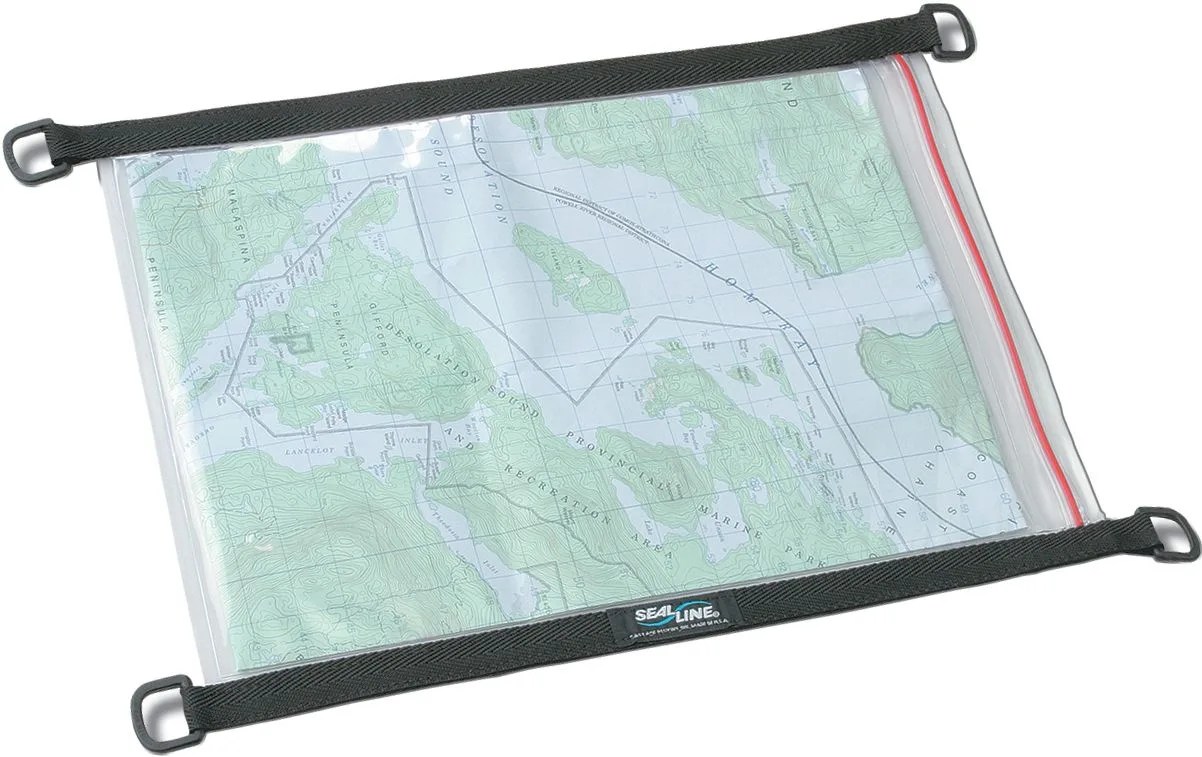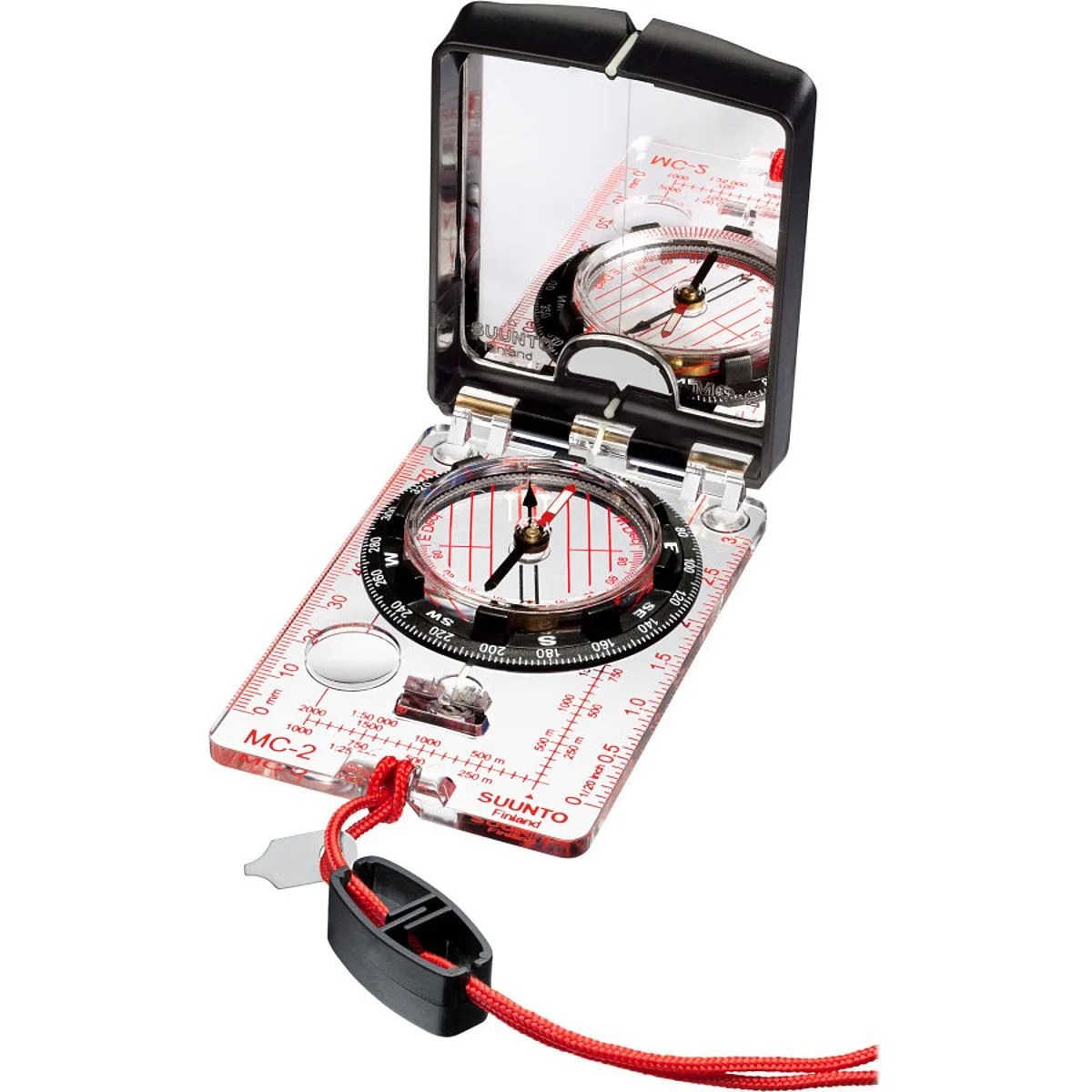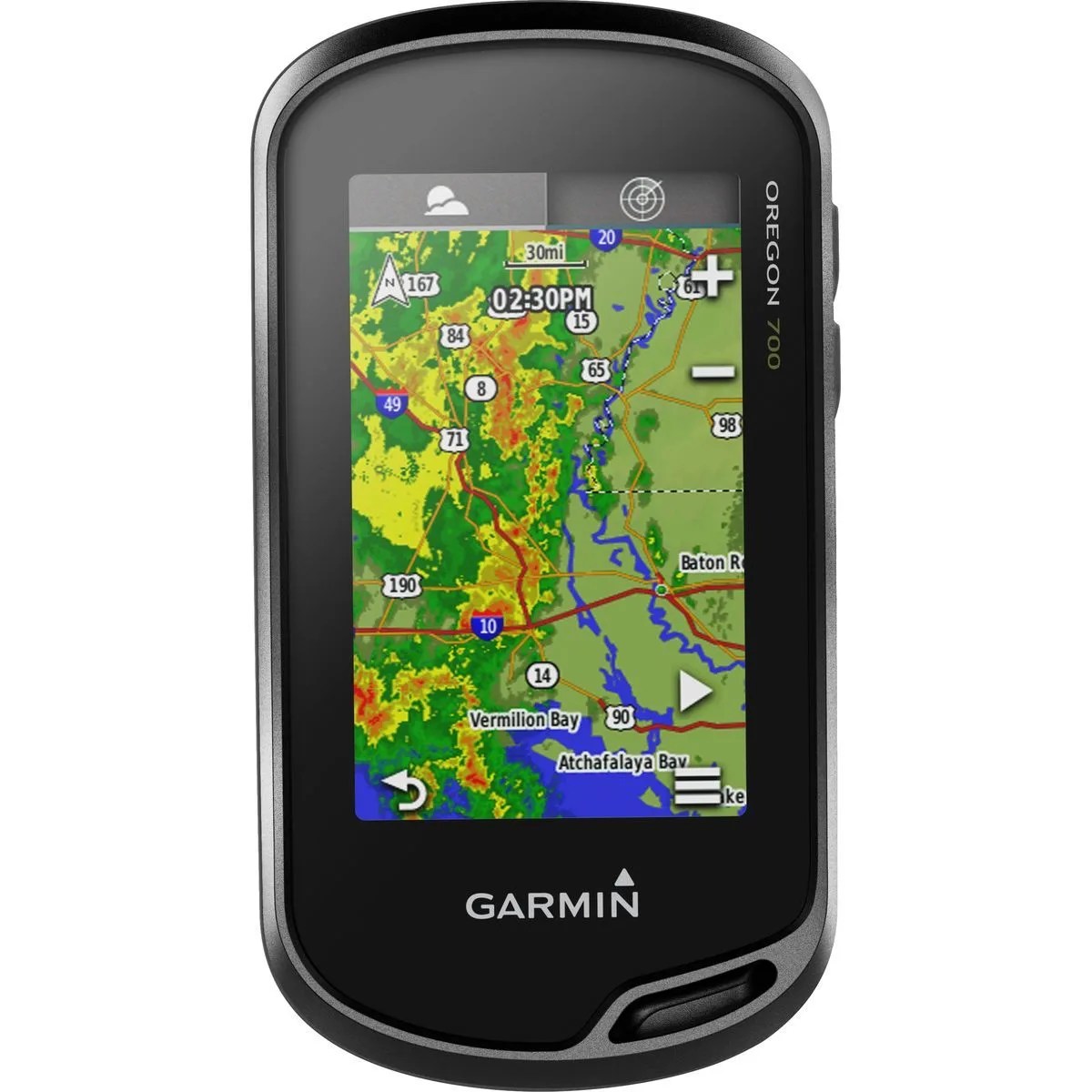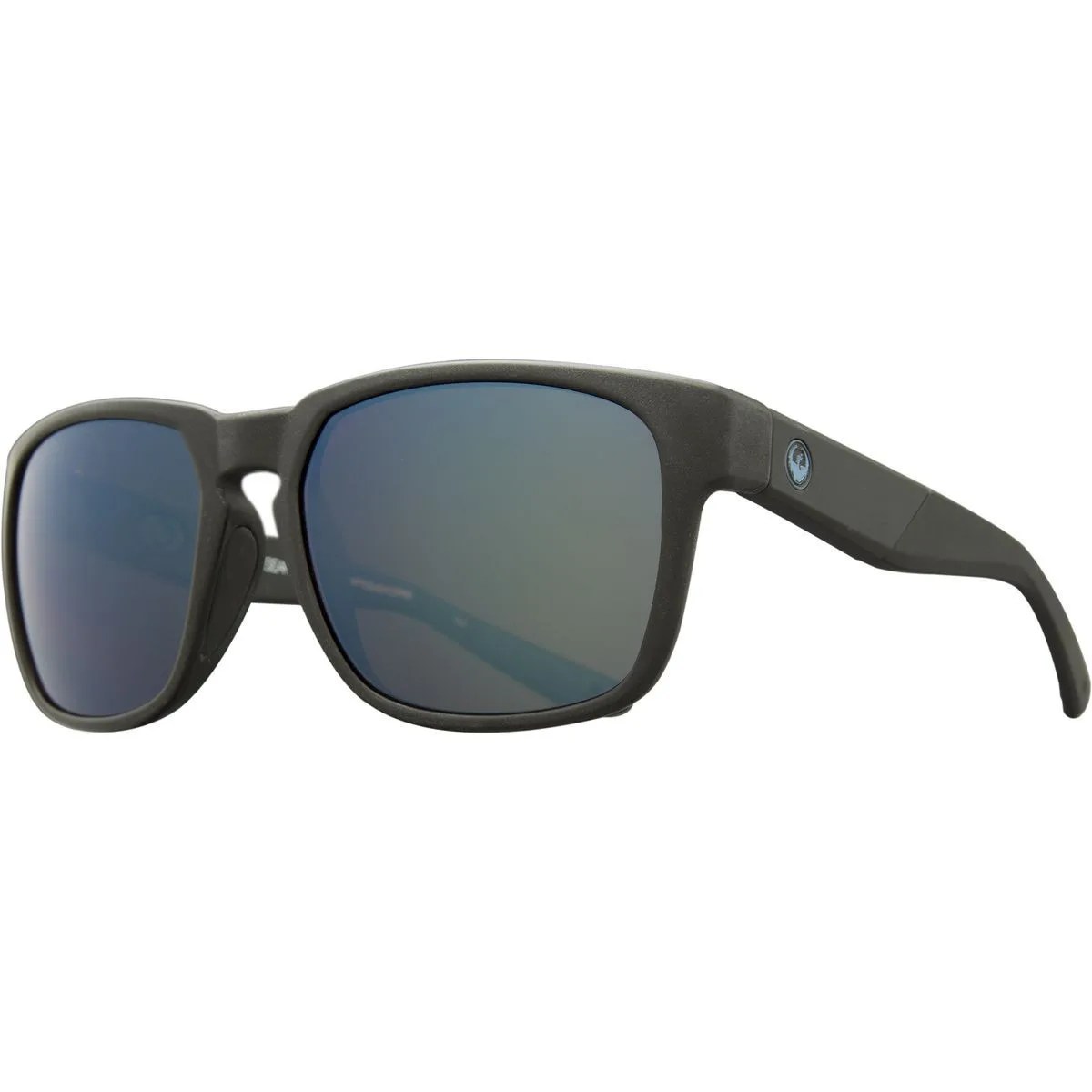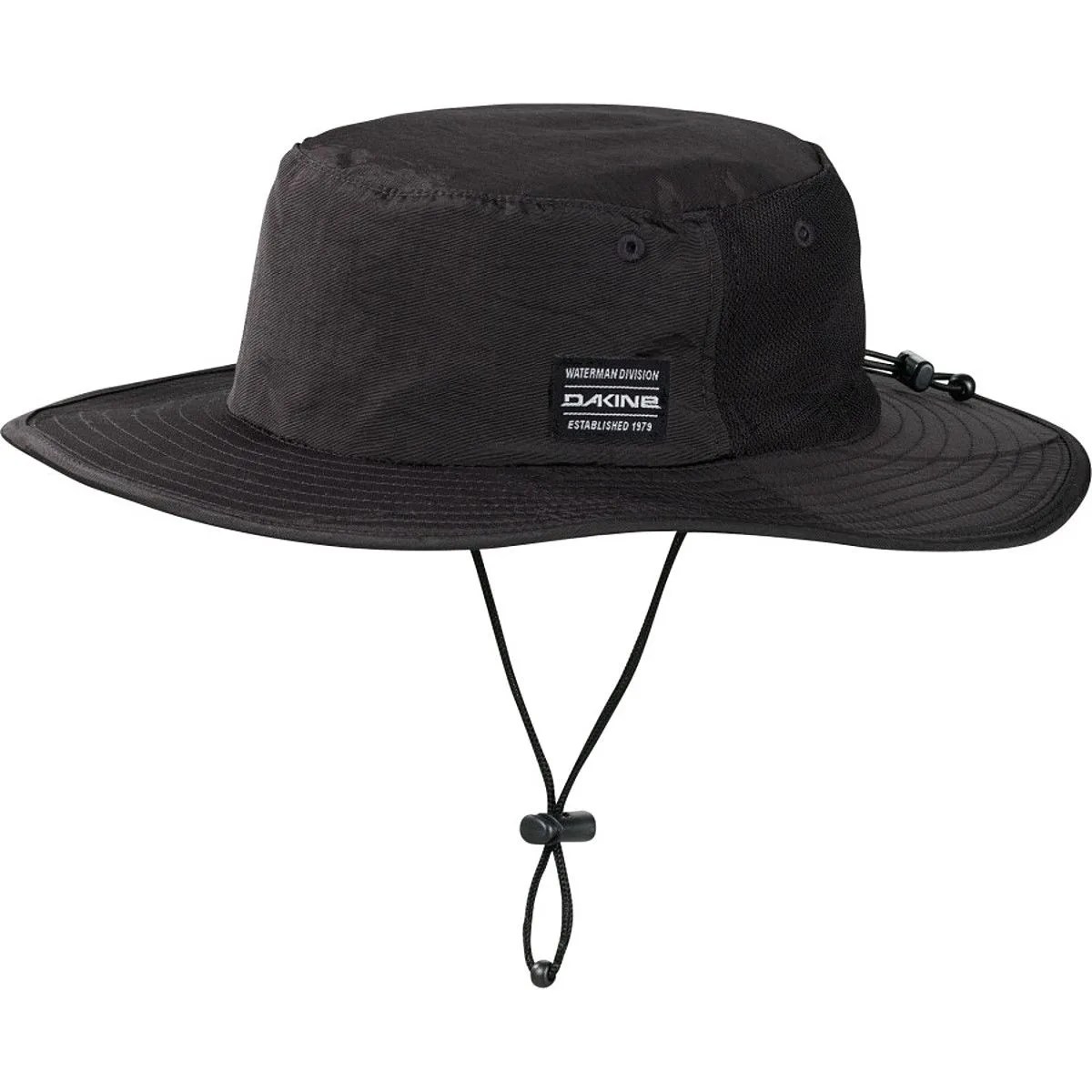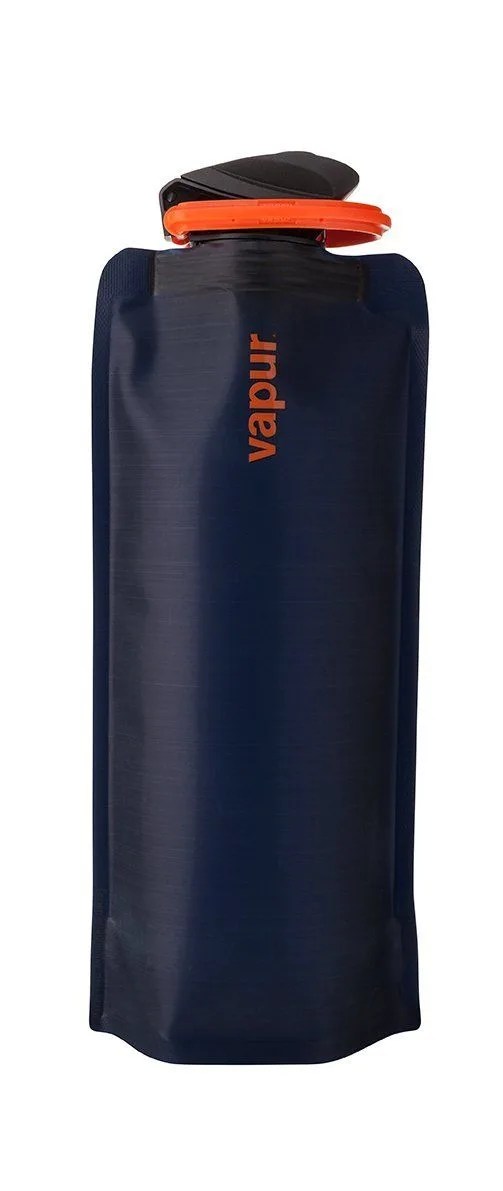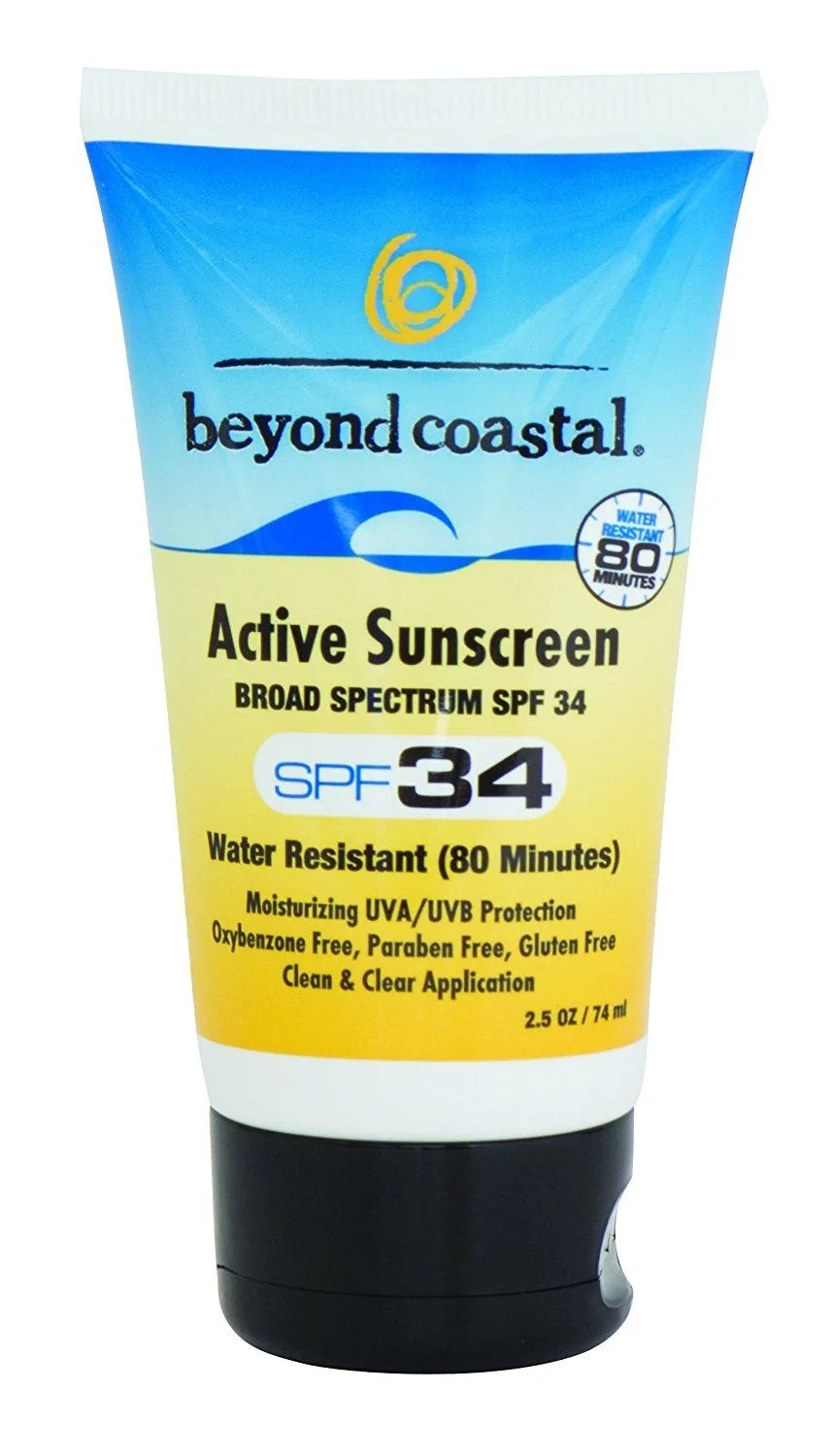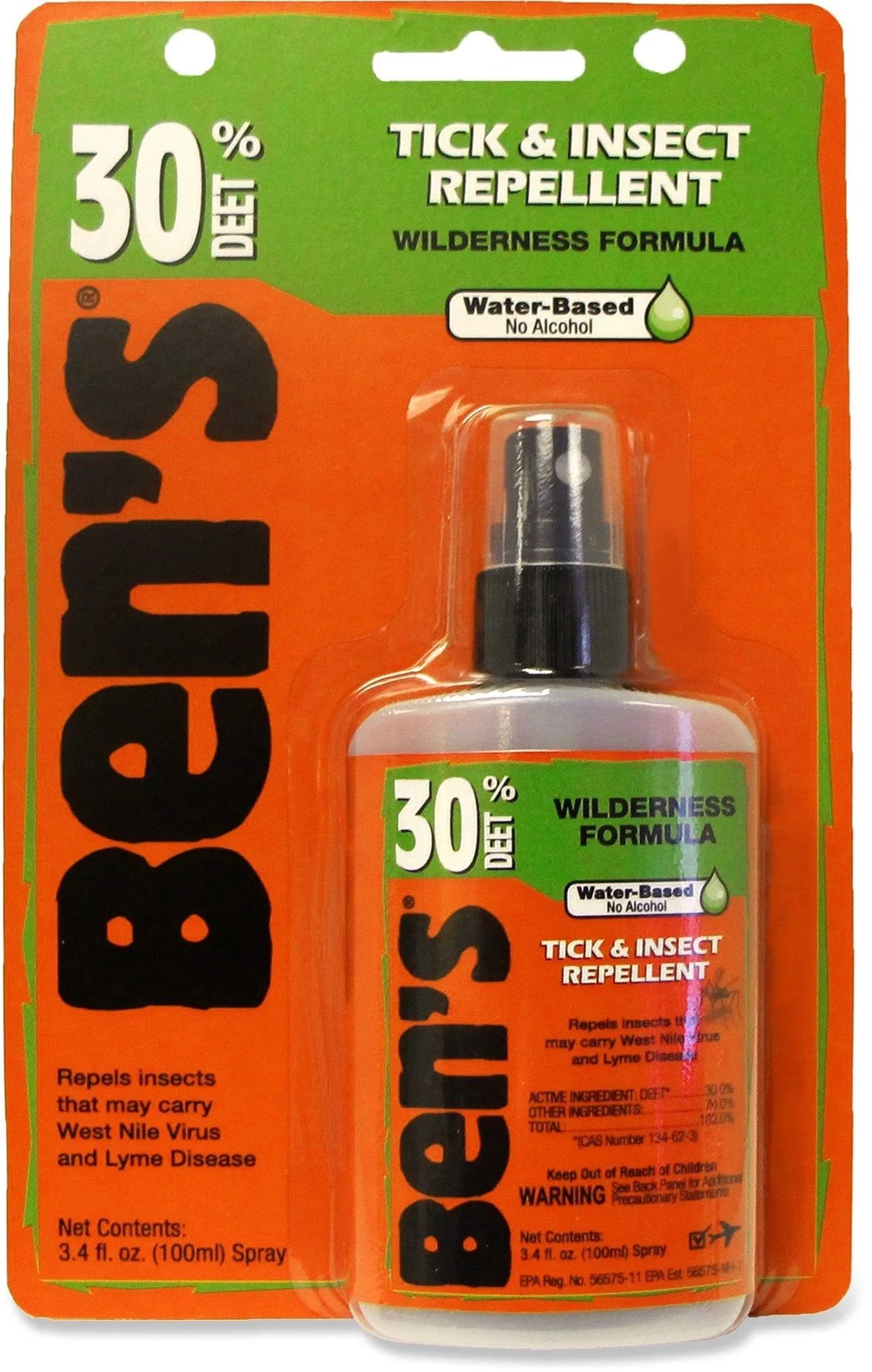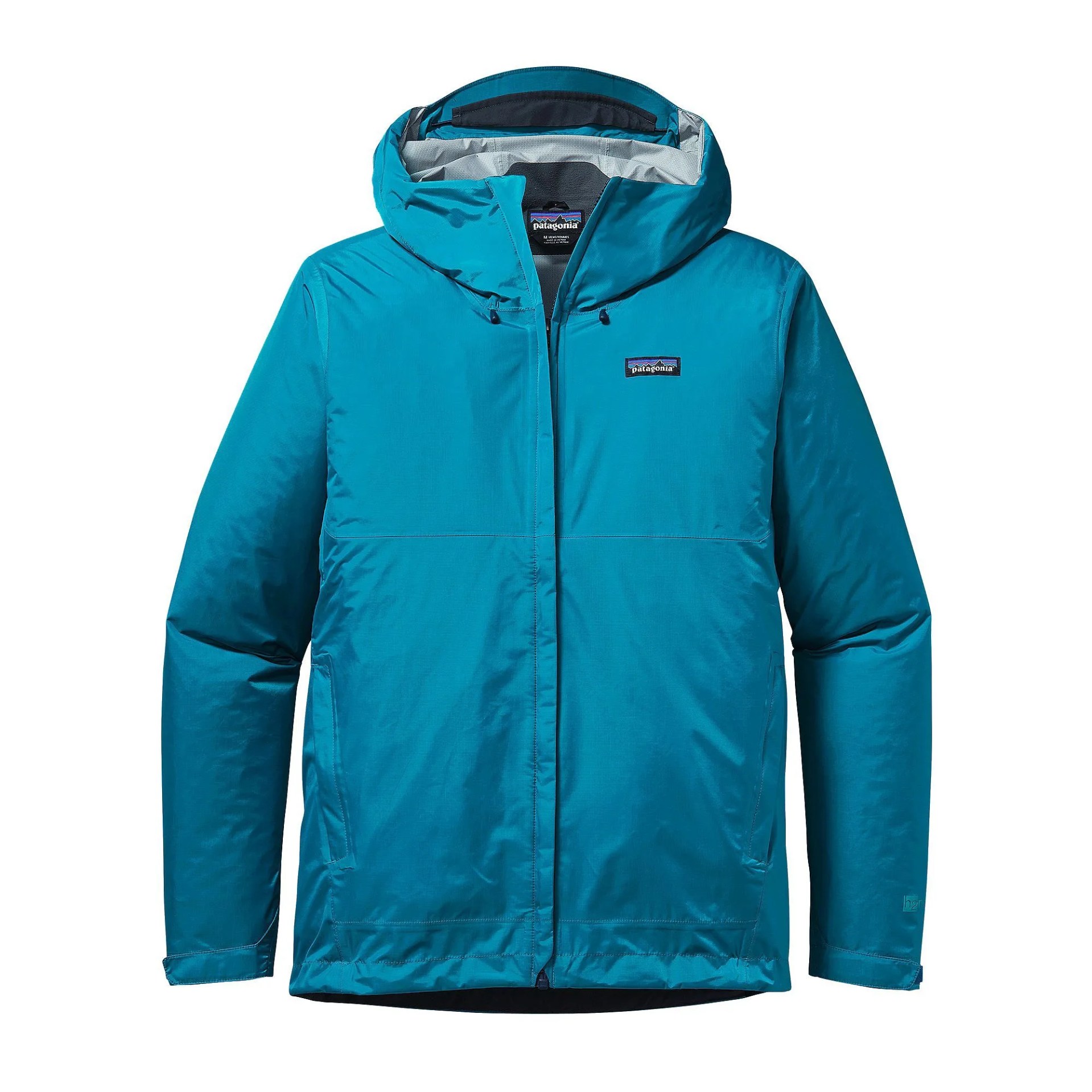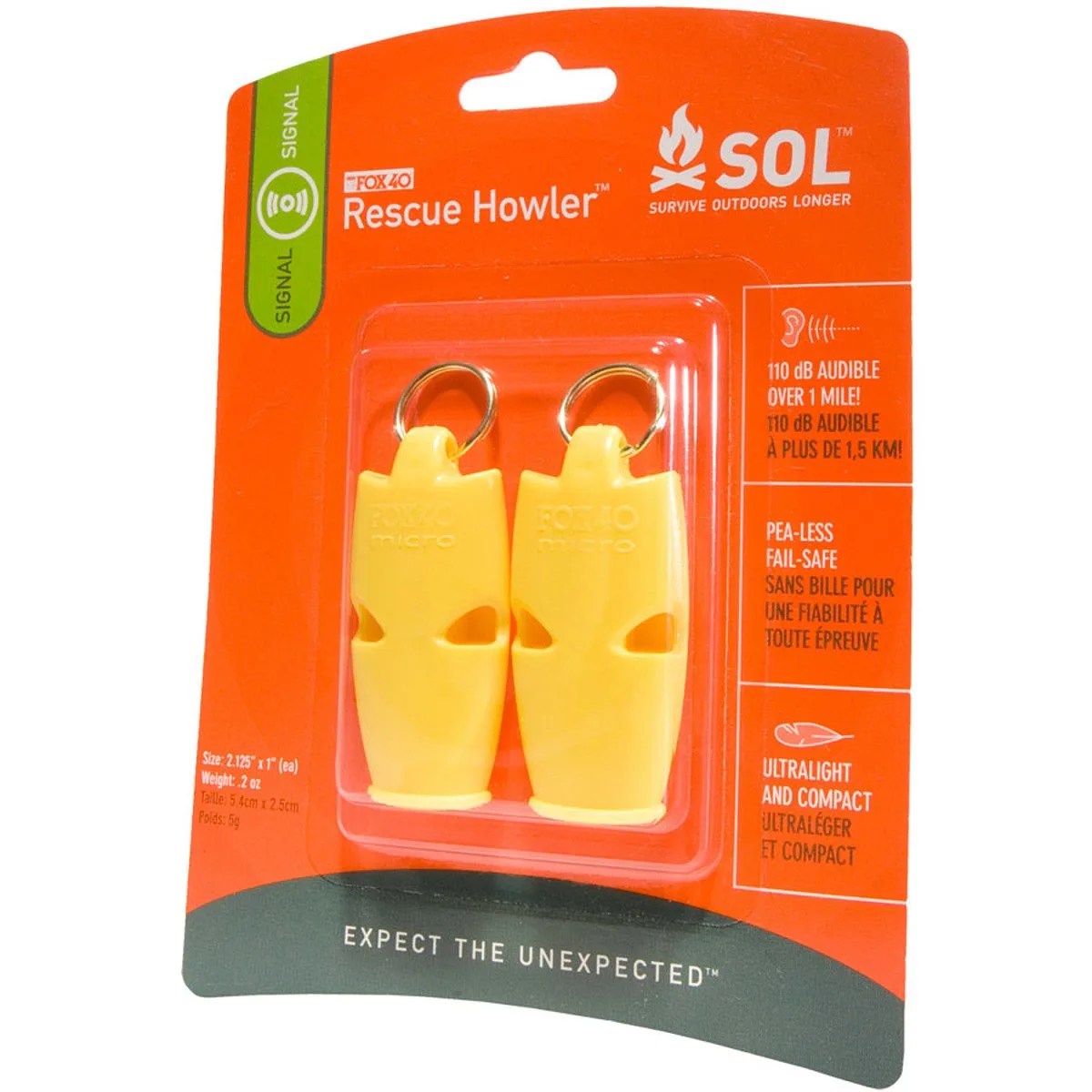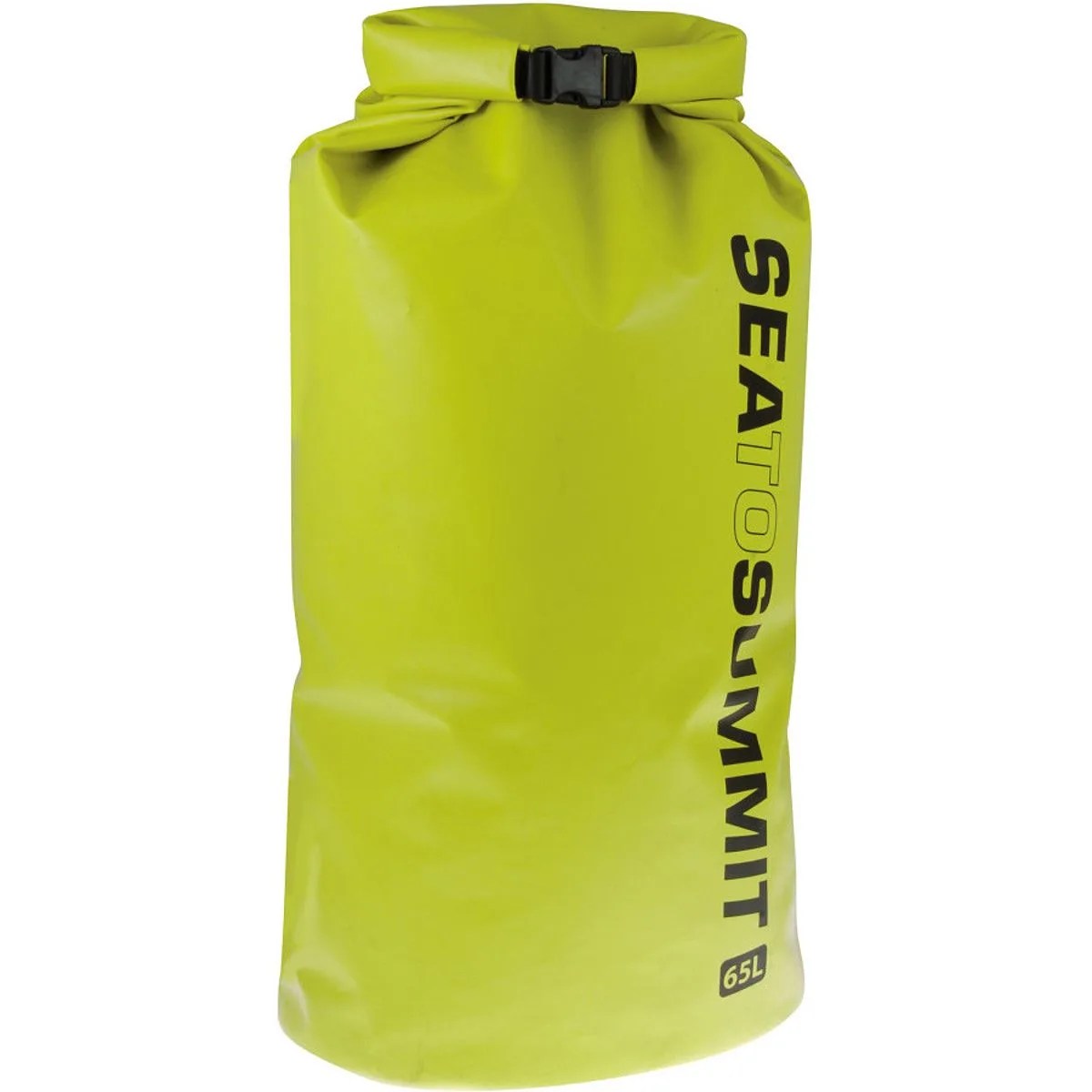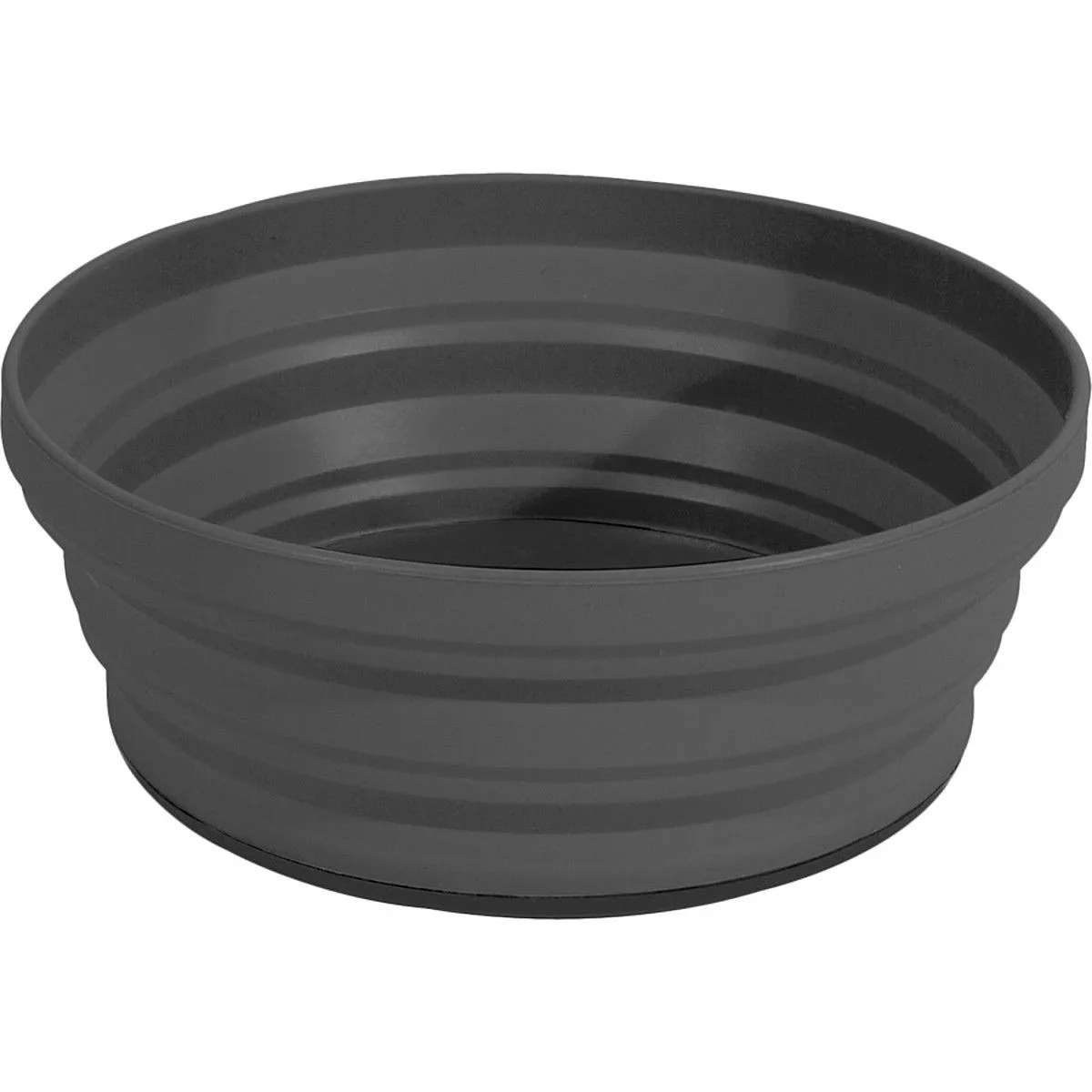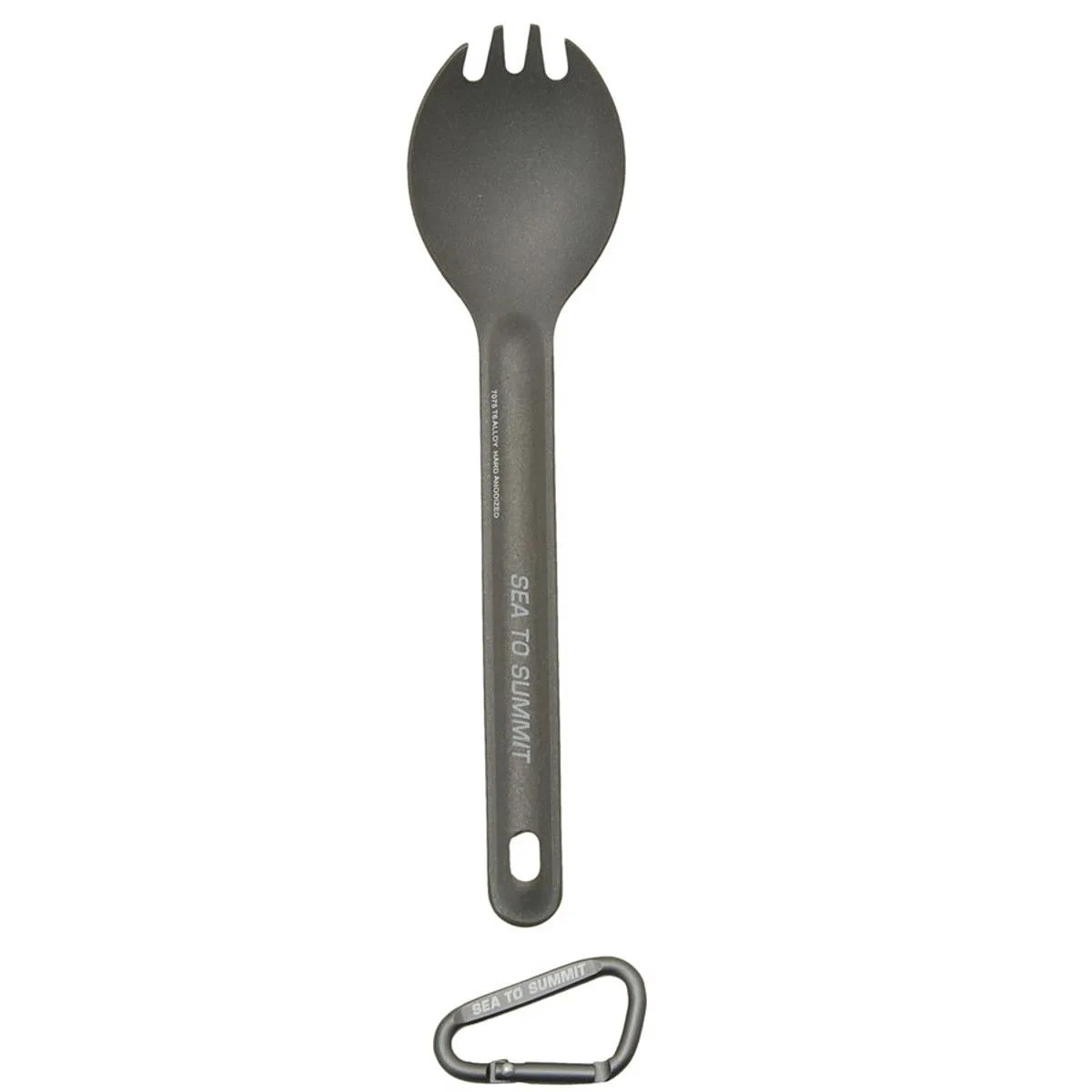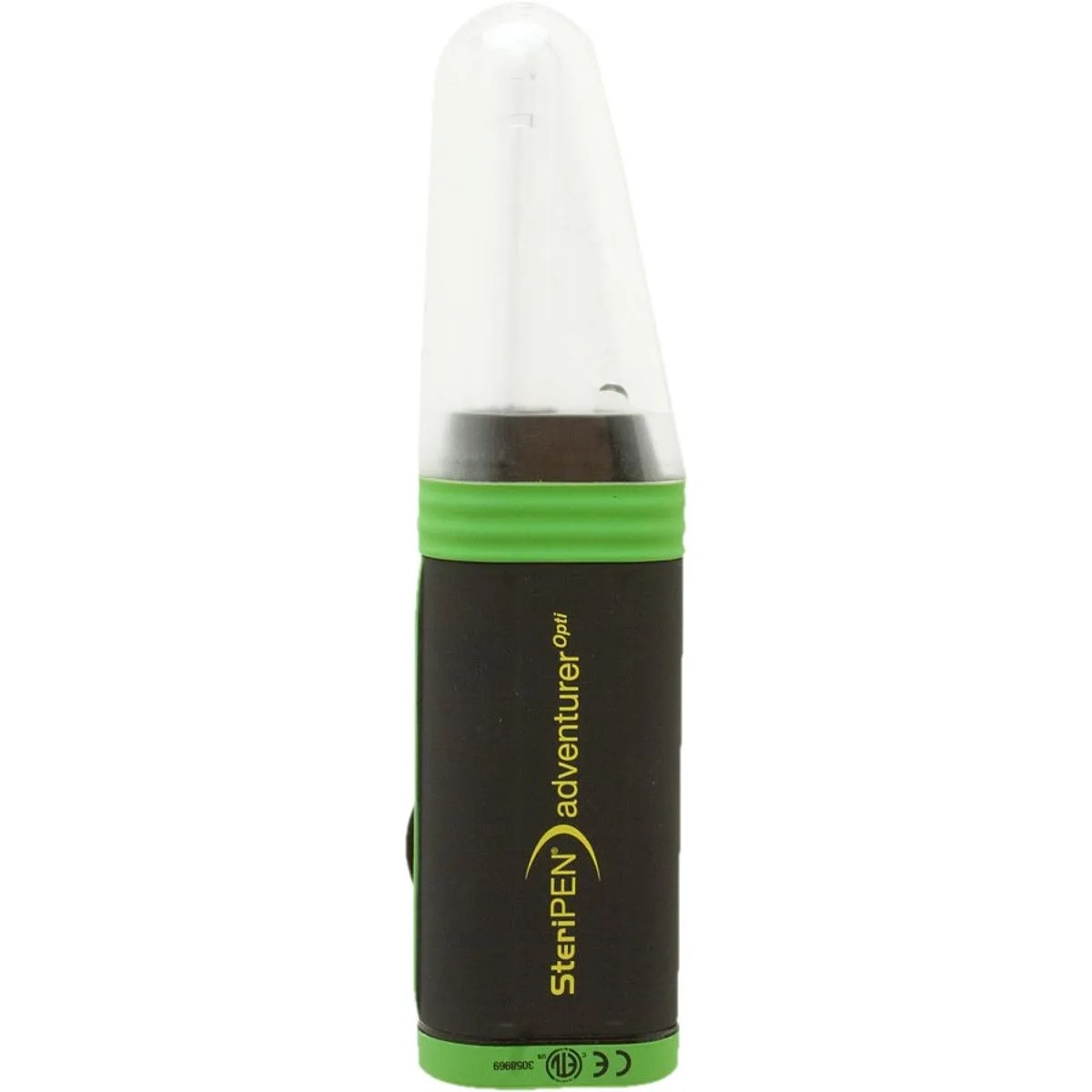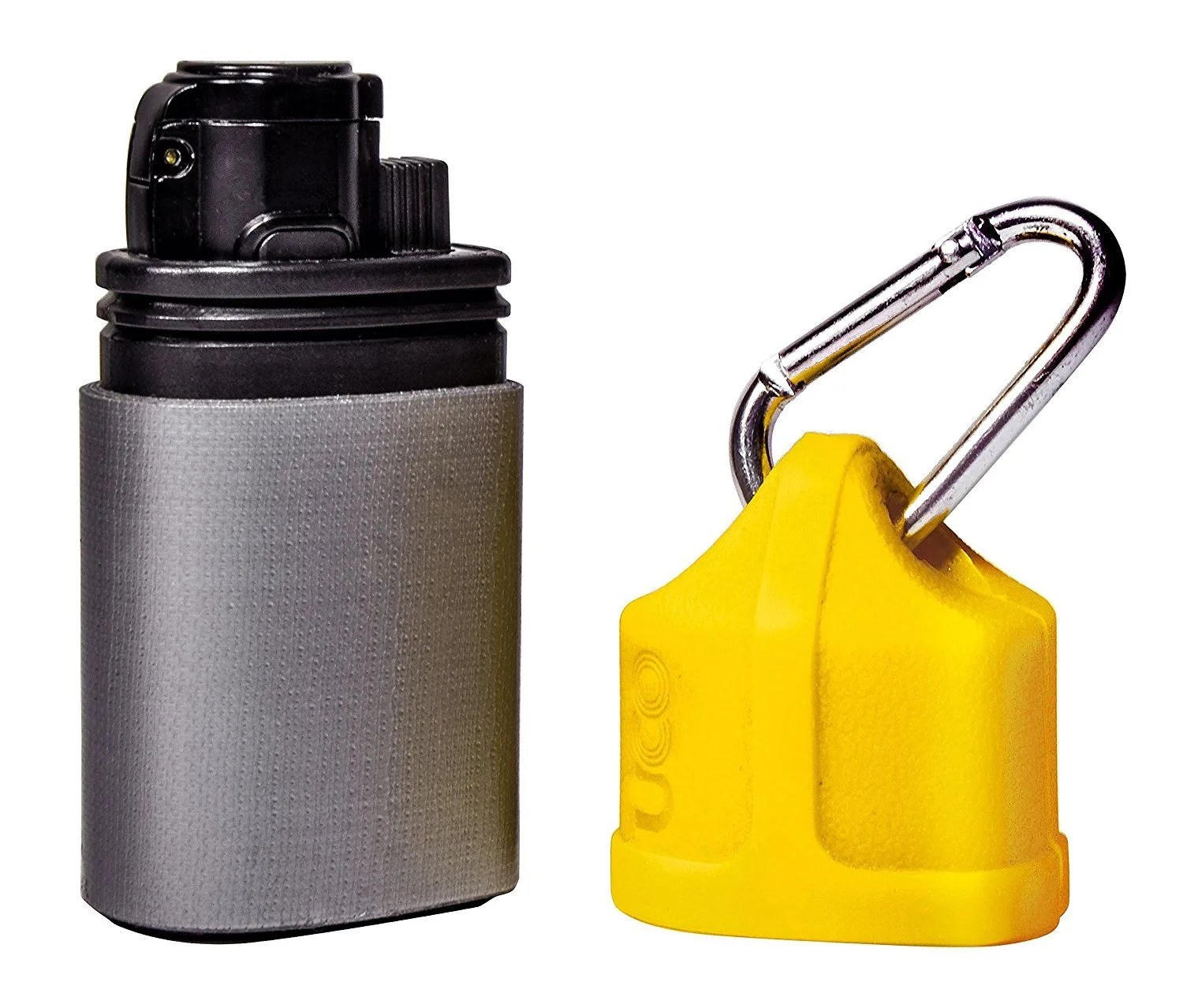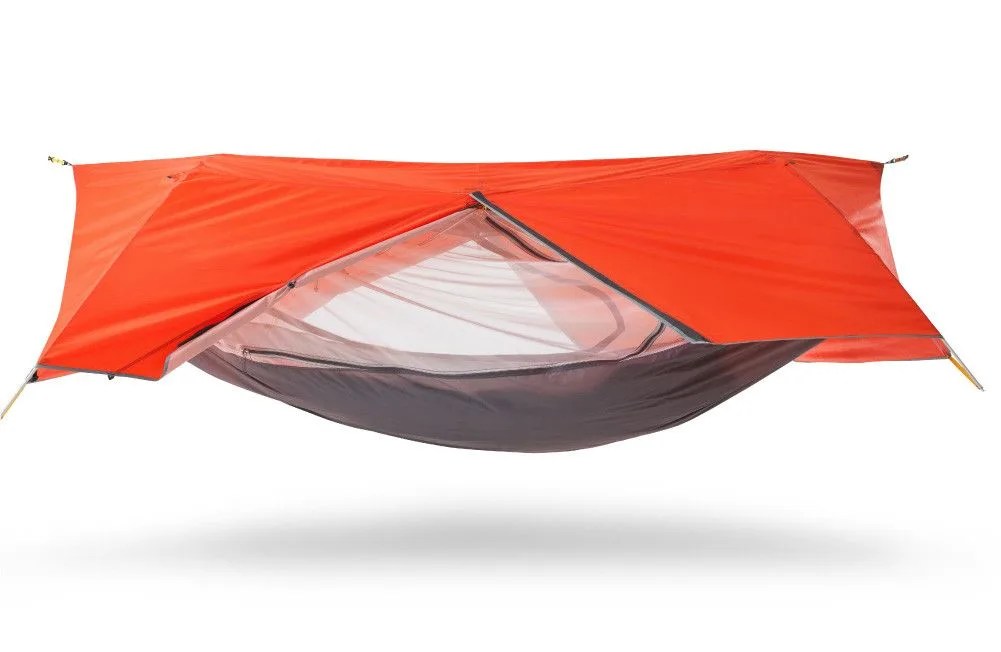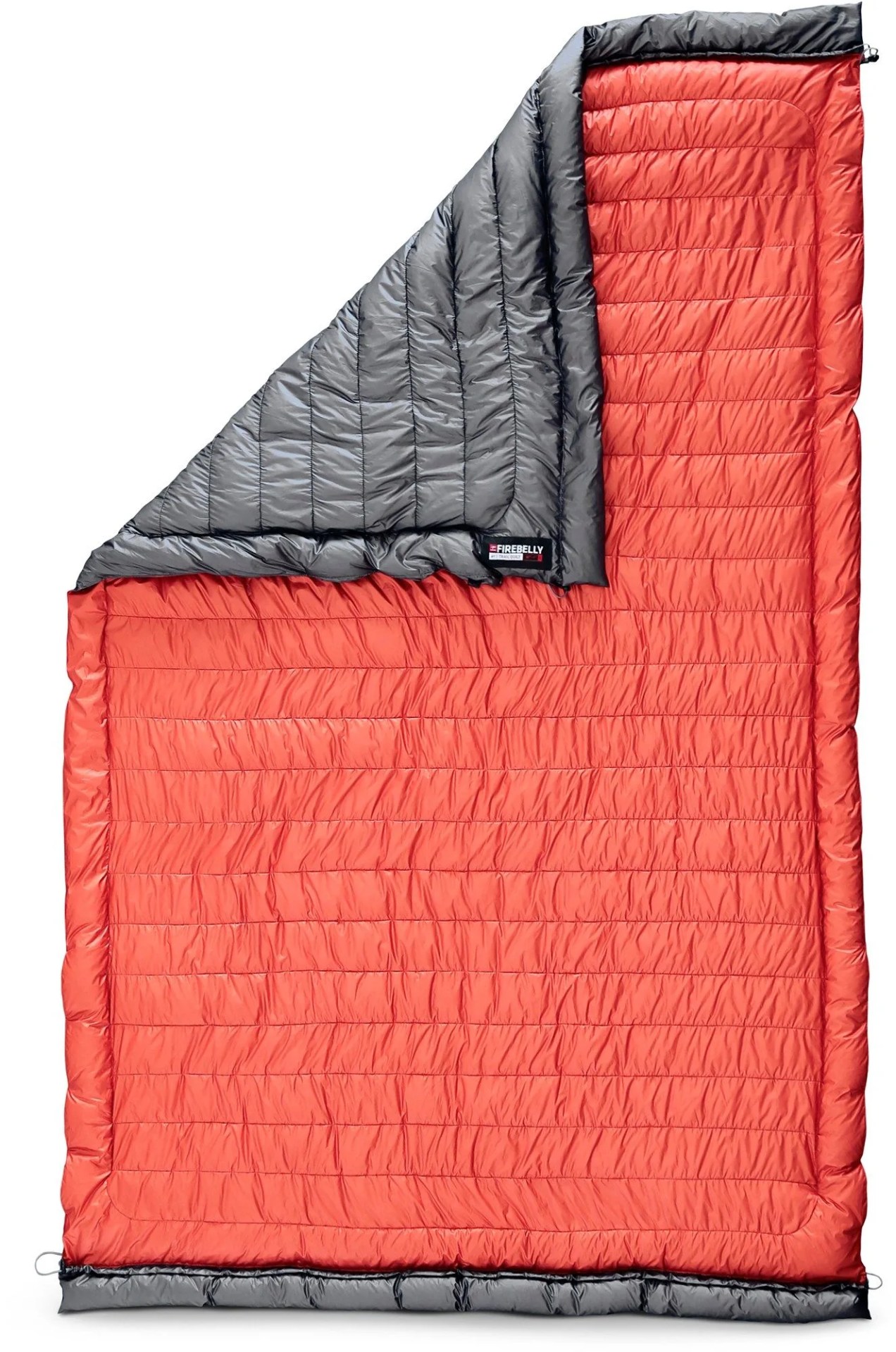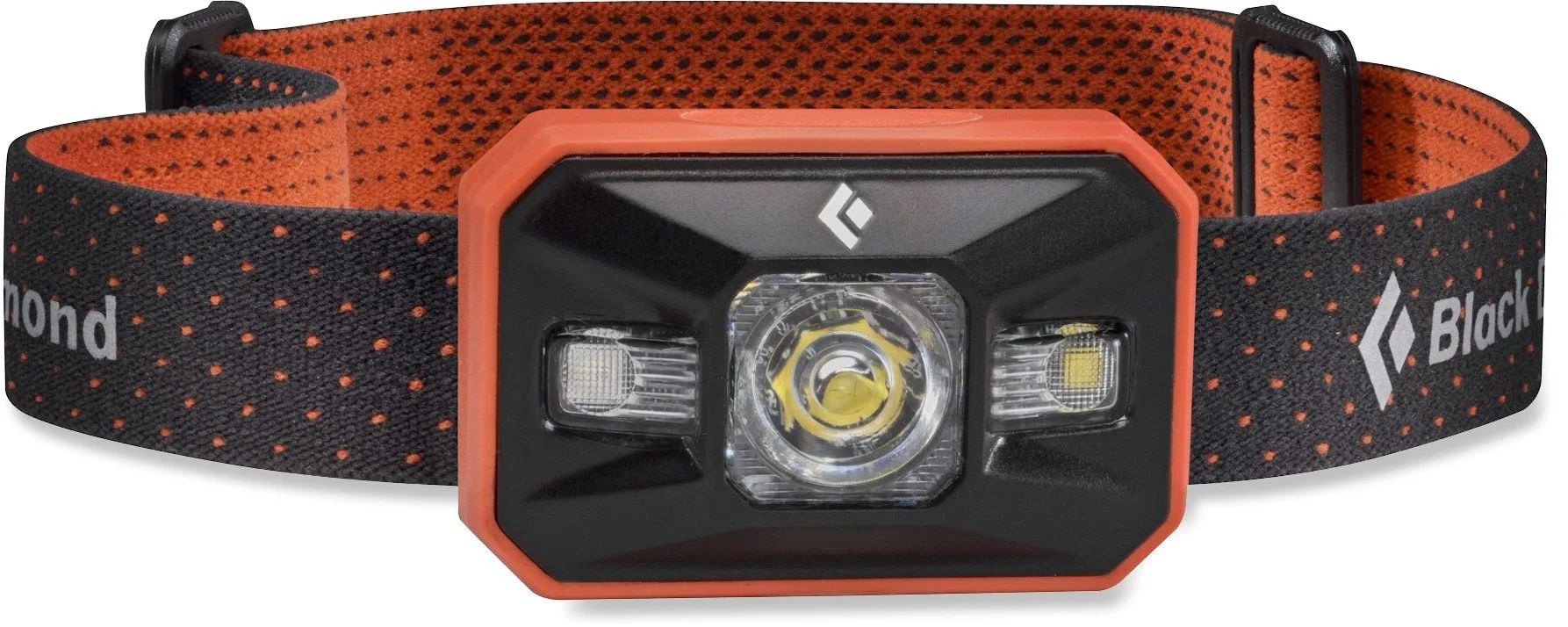
Spanning over 1.5 million acres, the Everglades is the tenth biggest national park in the United States. But of that top ten list — seven spots on which are large swaths of Alaskan wilderness — it also is quite possibly the most accessible. Visitors can be inside the park boundary within a few hours of landing in the Sunshine State; from Miami International Airport, Route 41 makes a westward beeline across the peninsula, and strip malls and suburbs quickly fade to cypress and grassland.
It’s not long before billboards and homemade signs for airboat rides and gator wrestling begin to pop up. These are the more obvious activities newcomers will stumble upon, but they should be regarded as cheap tourist fodder along the lines of viewing caged grizzlies in Yellowstone. The best way to see the Everglades is by boat, and if you don’t want to spook the wildlife you’ll have to ditch the motor in favor of a paddle. You’re also going to need at least a few days, and a lot of gear.
I recently had the chance to make this journey with a crew lead by Andy Cochrane. Before becoming the director of marketing at Oru Kayak, the San Francisco-based makers of foldable polypropylene kayaks, Cochrane guided kayak and canoe trips; he’s amassed nearly two years’ worth of cumulative time on the water, from California to the Arctic Circle. Some of those trips were as long as 45 days. We only spent three days among the mangroves in Florida, but that was enough time to get lost in the maze and baked by the sun. We also spooked alligators, paddled with dolphins and pitched our tents on an empty key. Needless to say, a lot of lessons were learned.
Below, you’ll find our gear recommendations for a weekend of paddling and camping. Even if you aren’t dodging gators in Florida, this list can serve as a general guide for any trip, but you’ll want to plan accordingly depending on the waters you plan to explore. The route, your group and the weather will all come into play when you plan and pack. And as with any adventure, the unpredictable is what fuels memories, but we’ve gathered some of Andy’s basic survival tips, just in case.

